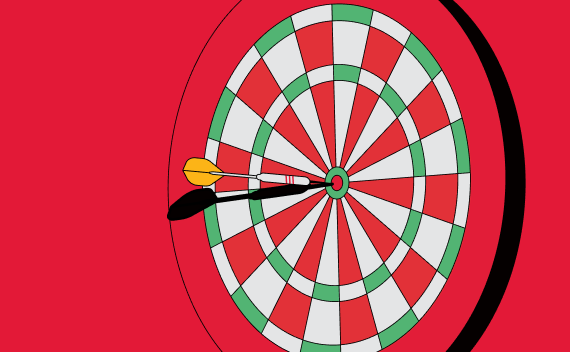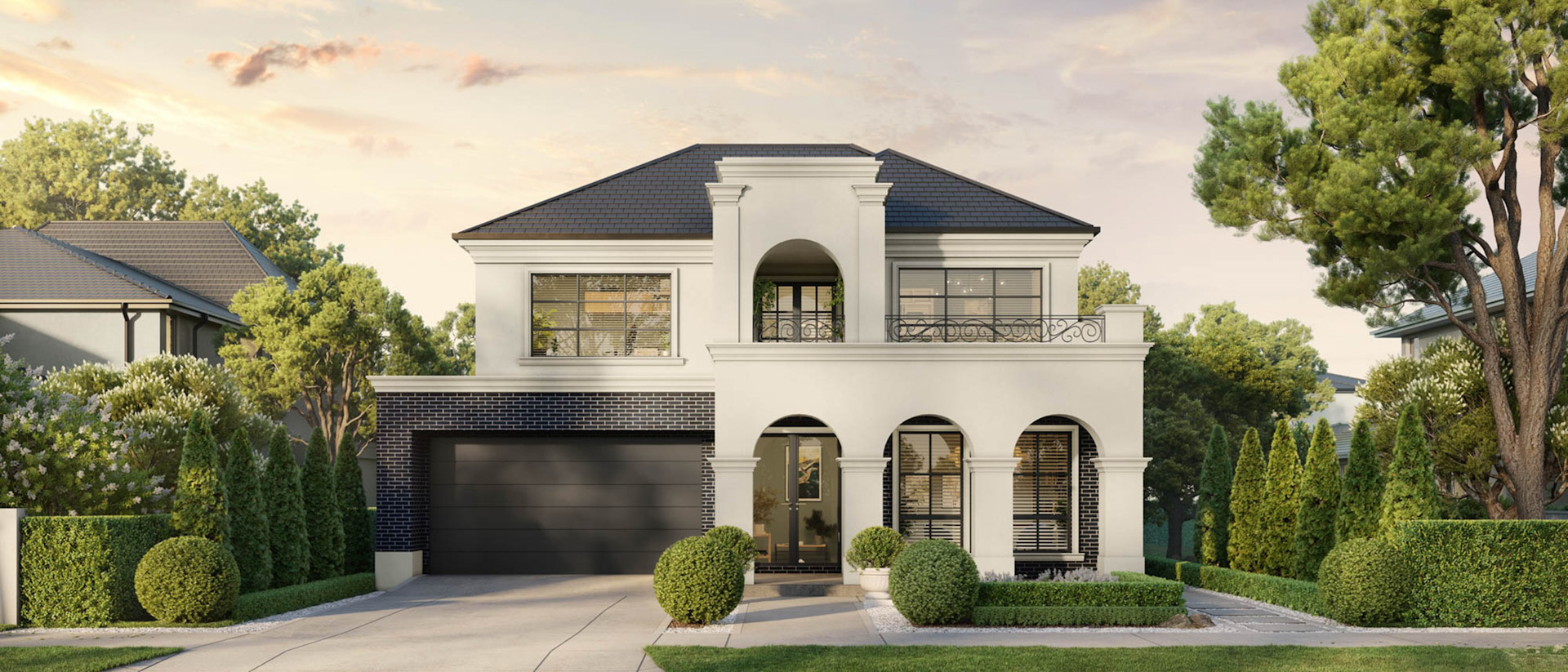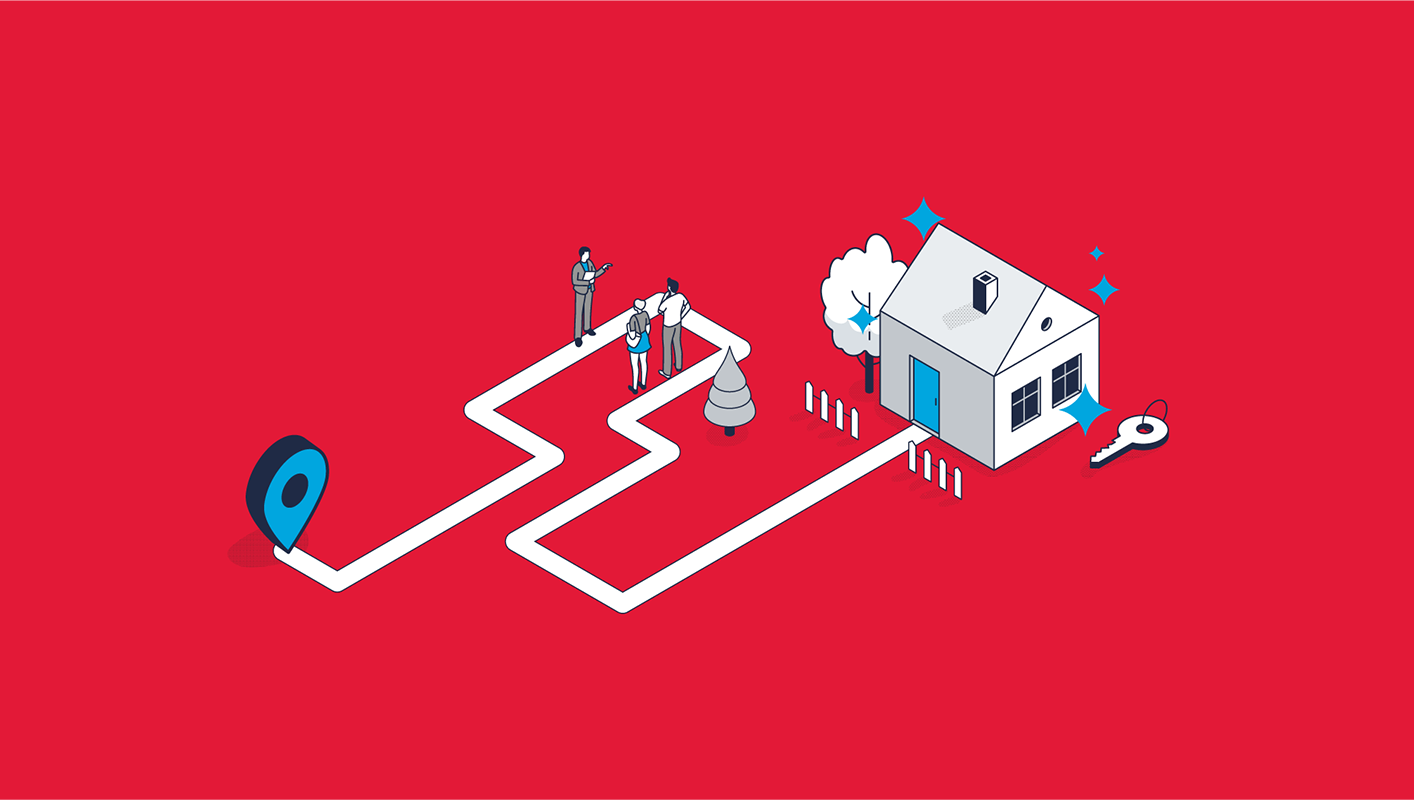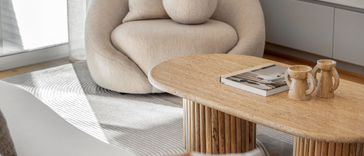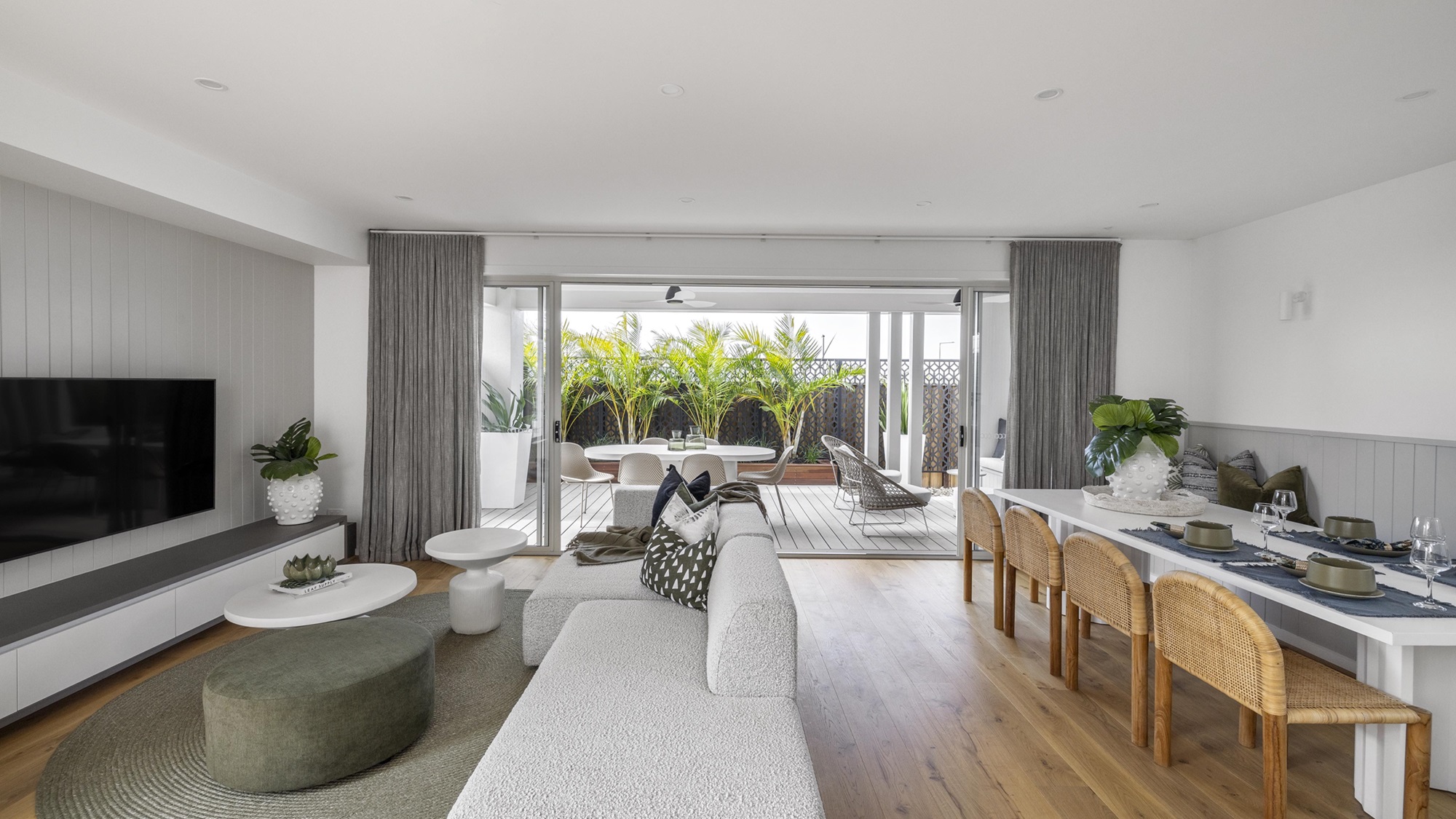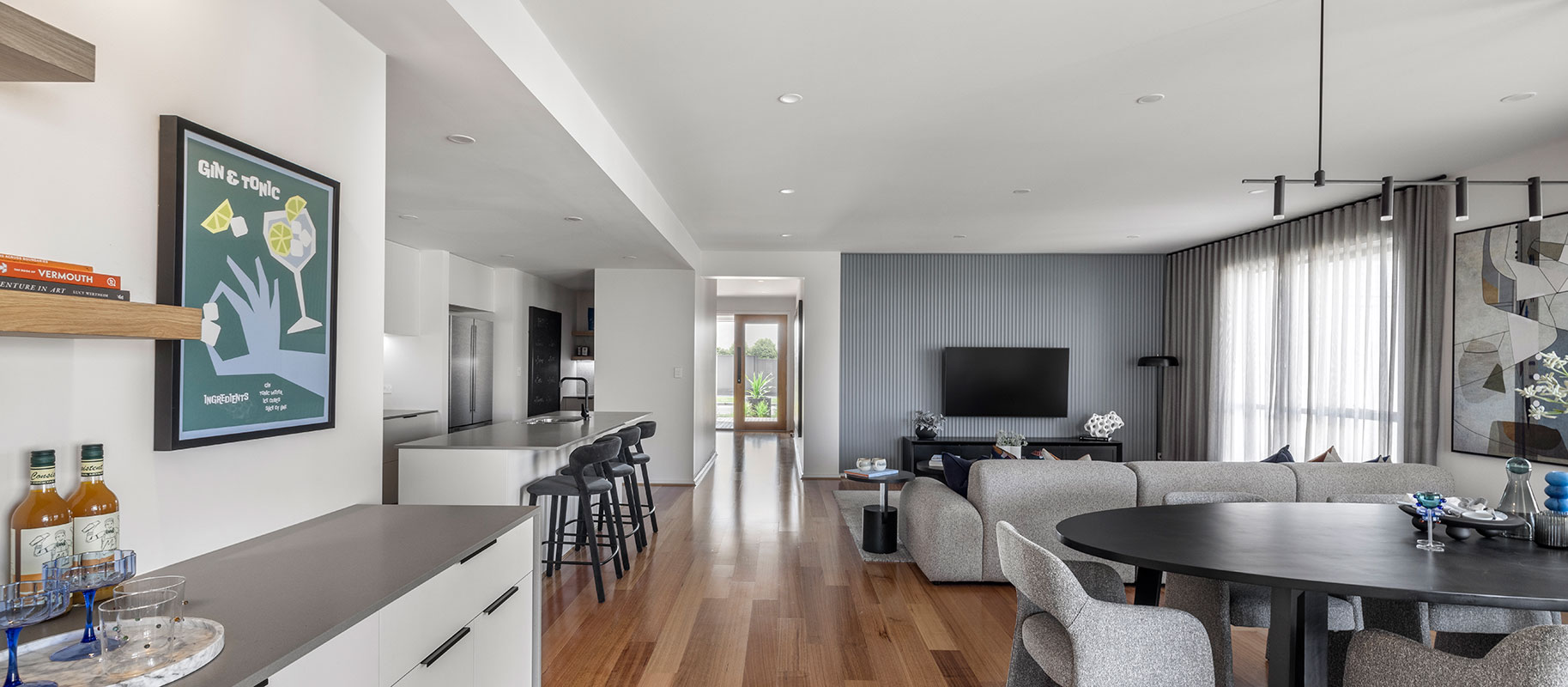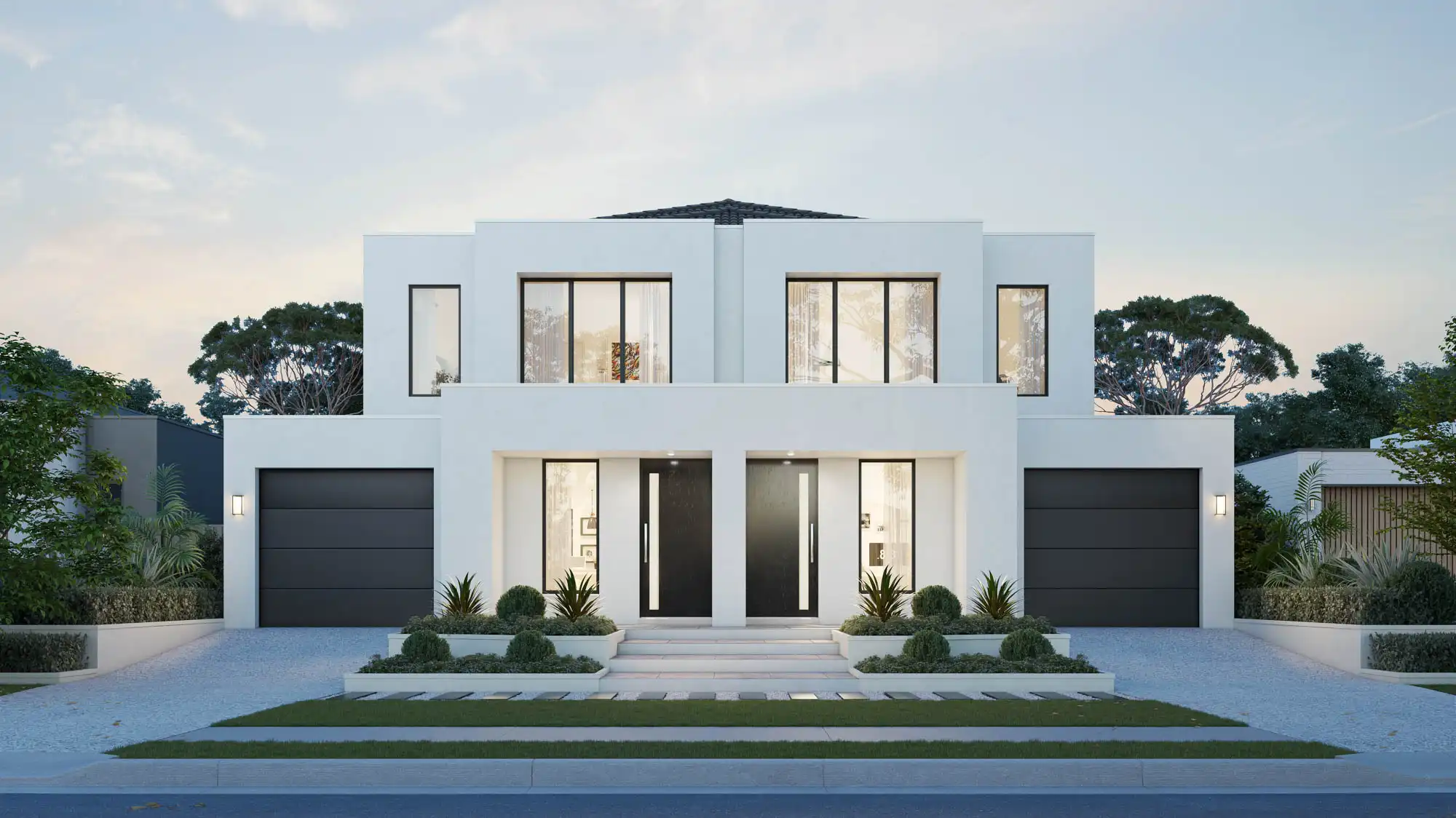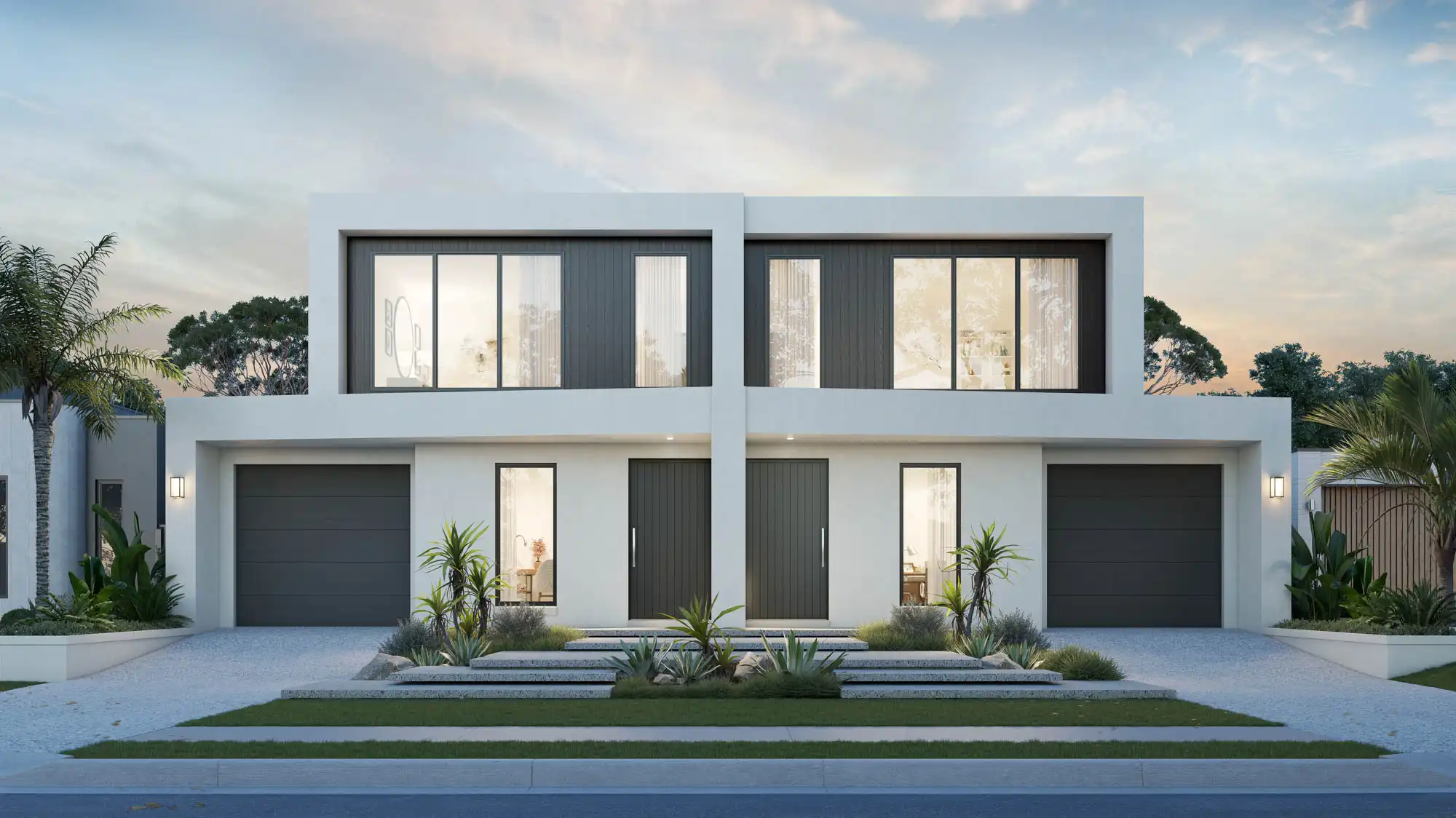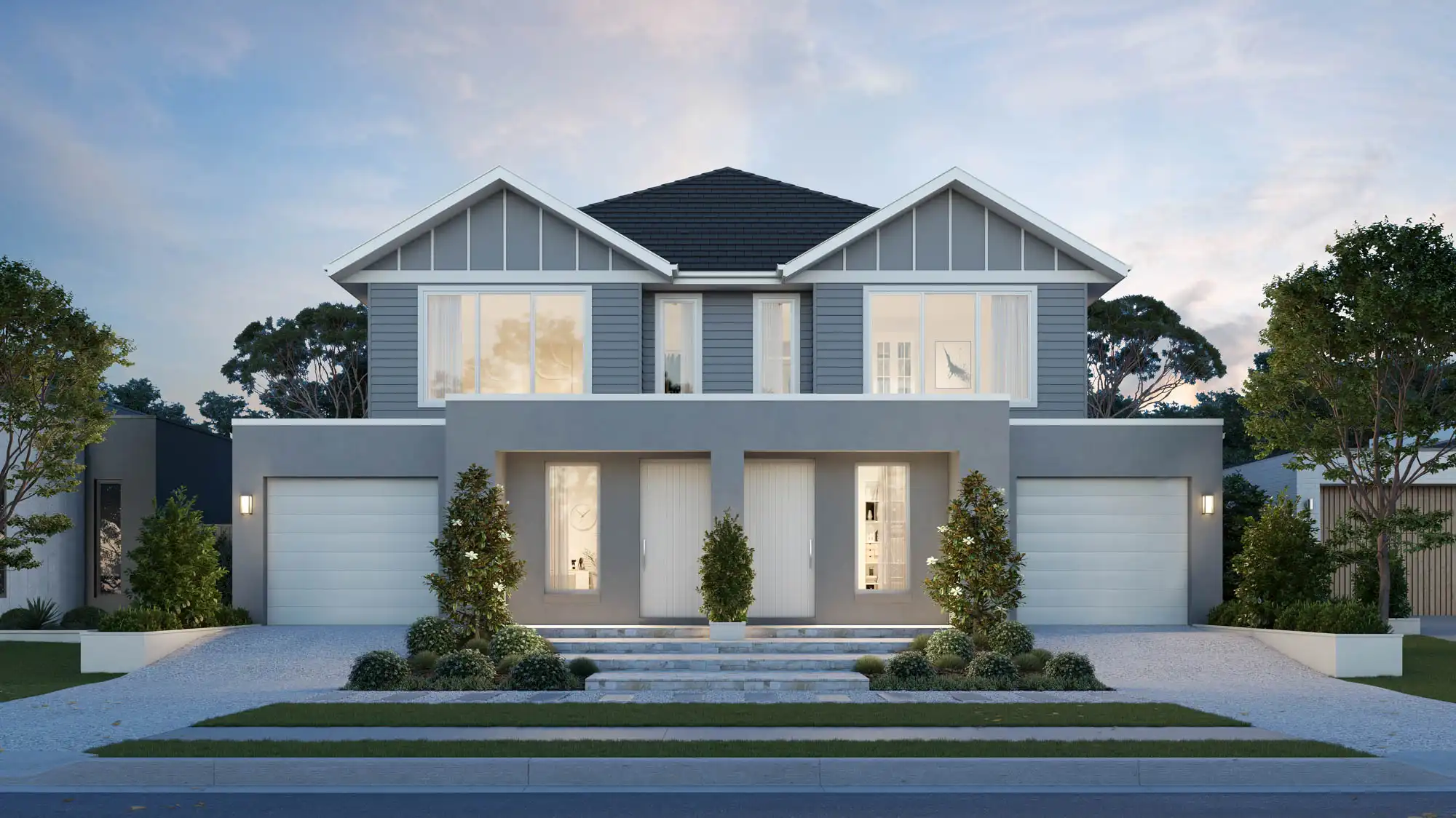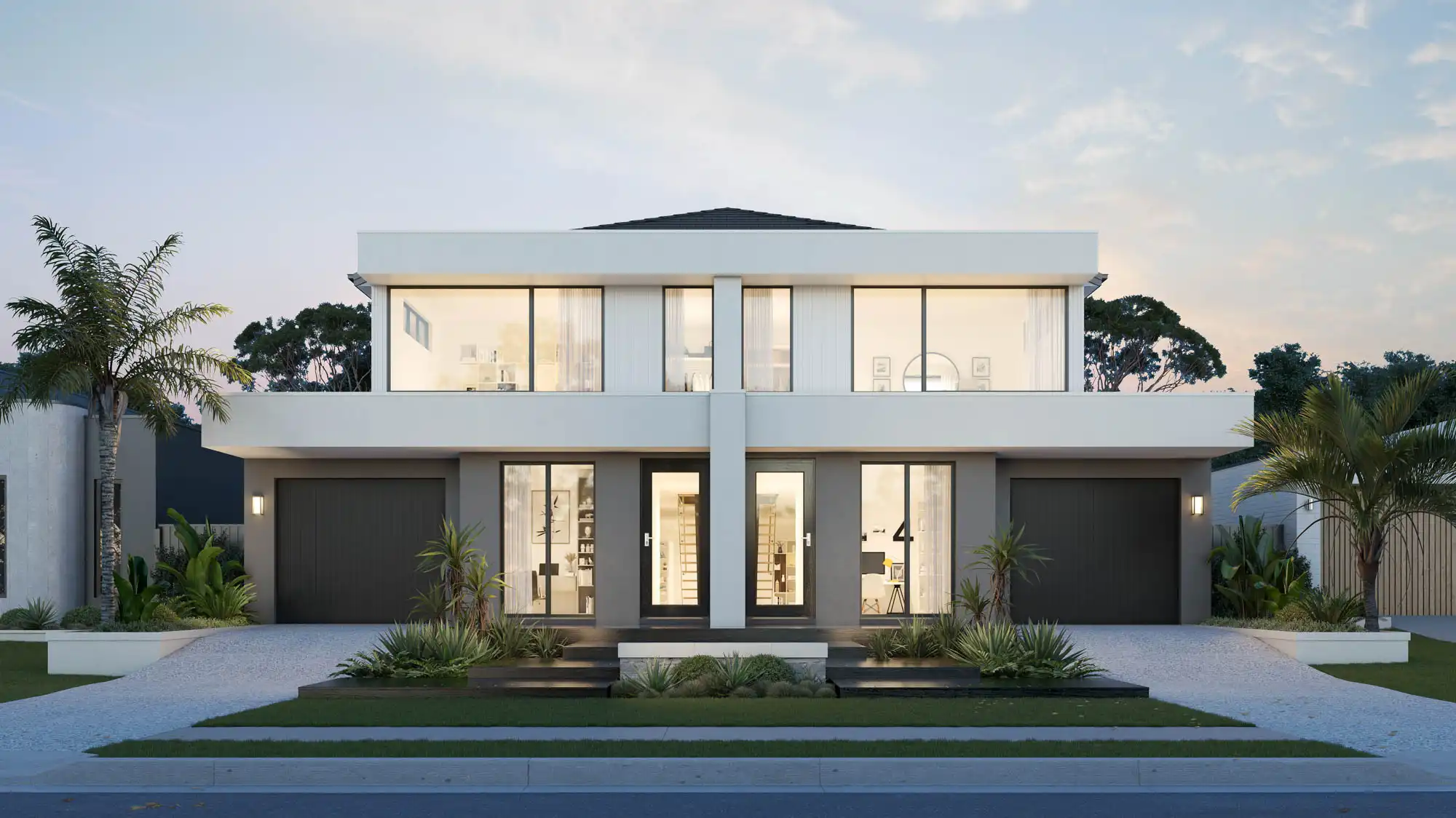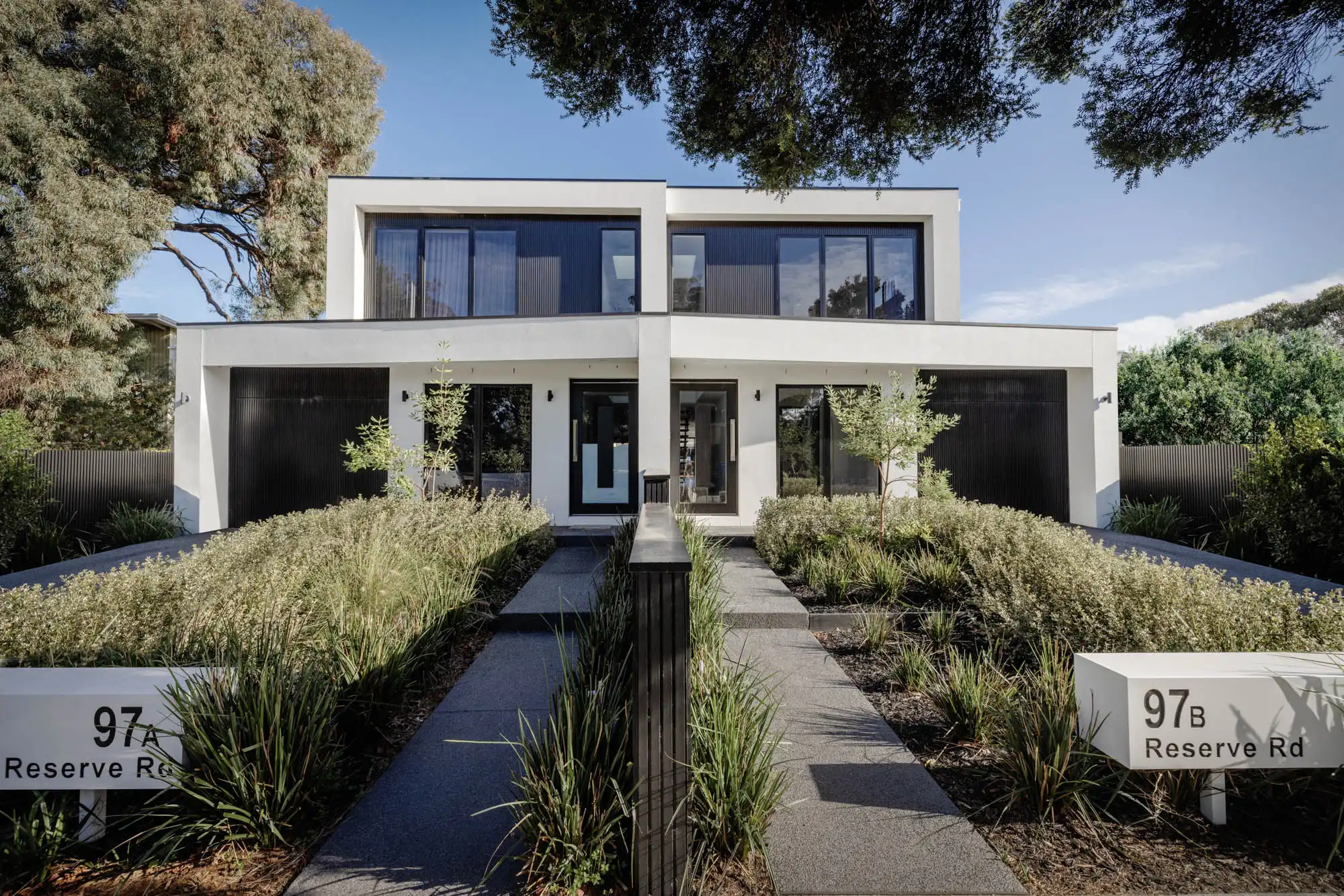
Doubling Down on Property Dreams: The Benefits of Dual Occupancy Living with Masterpiece
Drive around Melbourne’s middle-ring suburbs and you’ll come across ageing postwar homes at every corner. The quiet streets have kept the charm and strong neighbourhood feel of decades gone by, while remaining just a stone’s throw away from the bustle of the CBD.
As the years go on, homeowners are faced with an increasing amount of upkeep or the prospect of taking on expensive and disruptive renovations in the hope of breathing new life into these older homes. But more recently, other pathways to upgrading have gained in popularity. Trends are pointing to the rise in knock-down rebuilds and a strong uptake in dual occupancy projects – and with a host of benefits, there’s no wonder why. Live in, lease or sell (or a combination) when you build dual occupancy, the choice is yours.
Live in, lease or sell (or a combination) when you build dual occupancy, the choice is yours.
1. Capitalise on a primed rental market.
With dual occupancy, everyone from first-time to seasoned investors are primed to capitalise on Melbourne’s competitive rental market, which is characterised by low supply and high demand. In January 2023, Domain reports showed Melbourne’s vacancy rate at a record low of 1.0%, alongside rising rental yields. The option of two rental streams, instead of one, allows investors to further capitalise on strong market conditions while diversifying their portfolio in the process.
2. Take advantage of bigger blocks.
Around major cities like Melbourne, older blocks tend to be bigger, and the value of the land itself tends to be more than the existing dwelling. A dual occupancy build allows you to capitalise on the rising value of the land, instead of directing your investment to property in apartment-style complexes in the area. Plus, with open and spacious layouts, comfortable bedrooms with ensuites to match and plenty of room for alfresco dining and pets roaming about, dual occupancy design stays true to our relaxed and elevated way of life. Families don’t have to compromise on a spacious home or their proximity to beaches, sought-after schools and sporting clubs.
3. Avoid the (costly) downsides to selling.
For homeowners wanting to upgrade their existing place, they’re faced with the decision to sell, renovate or knock-down rebuild (KDRB). Selling might seem like the most straightforward answer, but costly factors such as stamp duty and agent fees can cause a pause for thought. Plus, selling can be risky. As you try to re-enter the market, you’ll be battling other buyers at competitive auctions with homes often going well above their reserve price. Essentially, you can’t guarantee that you’ll get the home you want, in the suburb that you love, but you can leverage your existing equity to rebuild.
4. Standalone isn’t the only option.
Buying a block or planning a KDRB with a new standalone home doesn’t always present as a feasible solution, especially in the eyes of banks and lenders. That’s because the value of the asset doesn’t always end up covering the amount of debt that you’ve created. Essentially, the cost of acquiring the land and building outweighs the value of the completed home. But this is where dual occupancy can turn the tables, as you’re not just building one family home, but two 30+ square, family-sized homes with an ongoing income stream built in.
5. Create manageable debt for first homeowners.
Nowadays, a lot of discussion is centered around the difficulty that young first homeowners face in getting their foot in the door of an increasingly competitive property market. Traditionally, they may have tapped into the Bank of Mum and Dad to help cover their deposit, but now, we’re seeing more and more first homeowners team up with older family members on joint dual occupancy builds. The parents build up their investment portfolio, while the kids get to put roots down in a suburb close to home and take on a much more manageable debt.
6. Build a retirement nest egg.
With dual occupancy, empty nesters and homeowners with retirement on the horizon benefit from downsizing to a more manageable home with less maintenance and upkeep. Being able to lock up and leave on holidays with minimal fuss, while simultaneously building a retirement nest egg, provides a greater sense of freedom for those approaching their twilight years. They can take the profit from renting or selling and use it to fund their next dual occupancy project.
7. Ideal for flexible living arrangements
While it might seem like a new concept to some, dual occupancy design suits families in search of flexible, multi-generational living arrangements. Whether that be grandparents moving closer to help with grandkids, or elderly parents needing an extra helping hand during their day-to-day life. Dual occupancy by design gives households their own independence with separate amenities and living spaces, while maintaining a strong sense of family connection.

